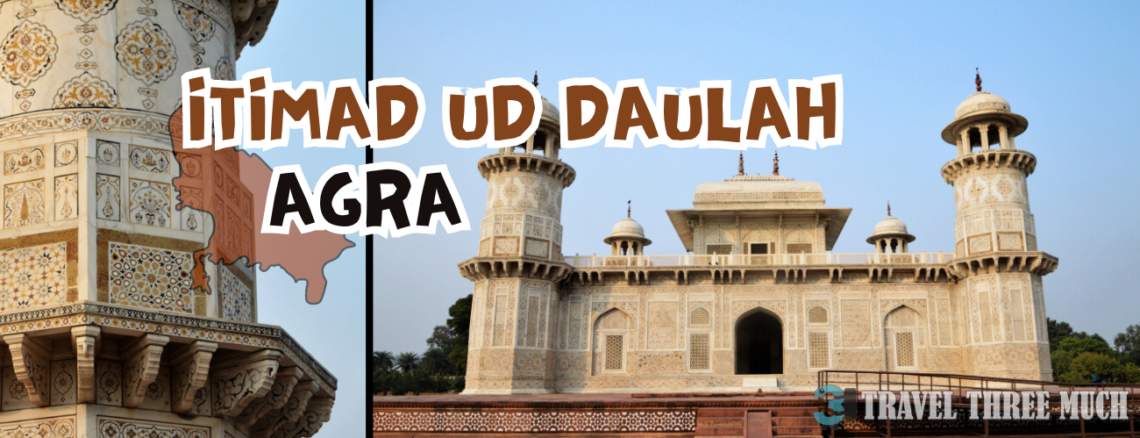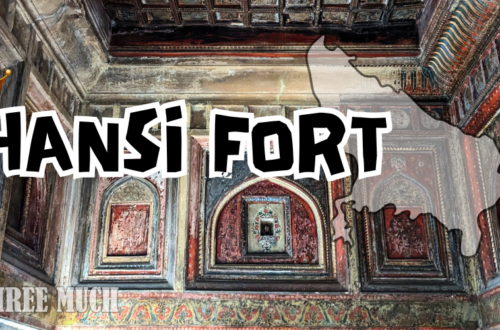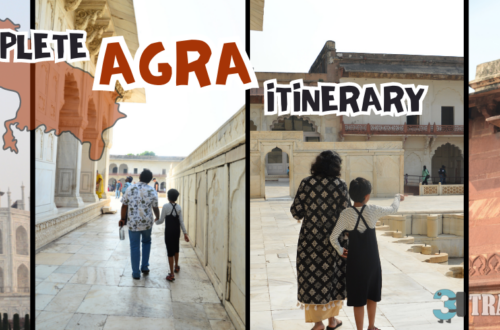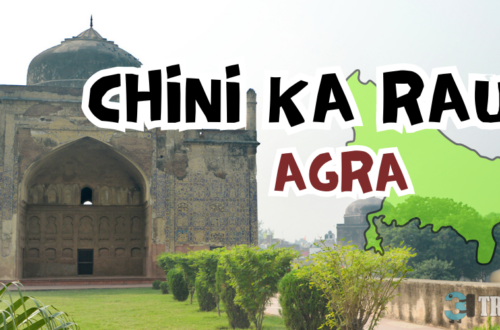
Mughal Splendor: Exploring Itimad Ud Daulah in Agra
The Itimad-ud-Daulah tomb is popularly known as Baby Taj and is considered to be a scale prototype for the construction of the Taj Mahal, for Ghiyas Beg’s grand daughter Mumtaz Mahal. We visited this tomb of Mirza Ghiyas Beg and his wife Asmat Beghum, in Agra.
The story
Nur Jahan, the wife of the mughal emperor Jahangir, commissioned the mausoleum for her father Mirza Ghiyas Beg. Ghiyas Beg was born in Teheran and emigrated to India when his father died, and the family fell out of favour with the Shah’s court. During the emigration, robbers waylaid Beg’s caravan and their fortunes only turned after the birth of his second daughter in Kandahar, in present-day Afghanistan. Believing the child to be the bearer of good fortune, he named her Mehrunnisa (a sun among women).
His adept skills in the administrative affairs of Kabul province, then a part of Akbar’s empire, earned him the title ‘Itimad-ud-Daula’ (Pillar of the State) from the emperor. Ghiyas’ daughter had an excellent education in Arabic, Persian, art, literature, music and dance.
She married Akbar’s son, the prince Jahangir in 1611 CE and was bestowed the title Nur Jahan (Light of the World). Mirza Ghiyas Beg passed away in 1622 CE. The tomb was built between 1622 CE and 1628 CE.

The monument
Entrance to the monument is through a sandstone archway inlaid with white marble and topped with chattris at the left and rightmost ends. The crenellated walls are topped by small minarets at the corners.
Note: As with most of the monuments in Agra, it is forbidden to bring weapons, explosives, tobacco, e-cigarettes, liquor, drugs, food (including packed liquids), religious offerings, laptop, selfie stands, reading, writing and painting materials, toys (including playing cards), torch, videography equipment, photographs, CDs, large backpacks/bags, etc.
However, there’s a cloak room near the entrance where these can be deposited before entry and picked up on the way back.
Just past the entrance, the tomb comes into view and sits on a raised foundation, surrounded by gardens and what must’ve been water courses on all four sides. The plinth is inlaid with marble. ]The main tomb is square in plan with octagonal towers at the corners.
The towers are capped with chattris – umbrella-like domes that are a characteristic of Rajputana architecture.

Each side of the symmetric square structure has three arches – the central arch being the actual entrance and the other two closed with jaalis (perforated or stone latticed screens).
Each side has a chajja running along the sides. A chajja is an overhanging eave supported by decorated brackets.
There are latticed balustrades that top the chajjas. In the place of a regular dome which is characteristic of Mughal architecture, the building is topped by a square baradari – a pavillion with three arches on each side closed of by jaalis, except for the north and south sides.

The baradari also has a running chajja and is topped off with a chaukhandi (pyramidal roof) with two ornamental decorations. The exterior is richly inlaid with motifs of semi-precious stones such as cornelian, jasper, onyx, topaz and lapis lazuli.
The motifs range from cypress trees, wine bottles, vases with bouquets to honeysuckles. These are all Iranian motifs.
A visit to the interior of the mausoleum requires one to cover one’s footwear with reusable covers which are available at the entrance on the raised plinth. The interior is decorated with murals which are framed by inlaid marble. The art of creating inlay work by gluing finely cut highly polished coloured stones on a substrate is termed pietre dure or parchinkari.
Although the Taj Mahal is widely considered to be the epitome of parchinkari work, the work can be marvelled at in much closer quarters at the Itimad-ud-Daulah tomb than in the Taj.
No part of the interior is spared from ornamentation – the floor, niched walls or the roof.
The interior chamber contains a pair of of cenotaphs of Mirza Ghiyas Beg and Asmat Begum richly coloured in ochre.

Some more of Nur Jahan’s relatives are interred here as well with their cenotaphs visible in the other chambers.
After a leisurely evening stroll, we bid adieu to the mausoleum commissoned by a daughter out of love for her parents.
As we made our way back to the hotel, our heads were filled with the images of parchinkari by artisans who had elevated the art form to the next level and scale, visible in the Taj Mahal.





